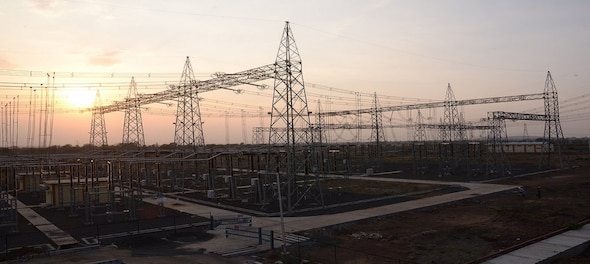
The severe power outage that hit Mumbai last week brought back memories of another such day nearly 10 years ago when the lights went out in India in what was termed by researchers as the “worst power crisis ever in the history of mankind”.
The crisis began just past midnight on July 31, 2012 when the 220 KV Badod Modak power line in Madhya Pradesh tripped on account of overload. It set in motion the country’s worst power outage ever, affecting 650 million people or more than one in every two Indians. With 20 of the country’s 28 states plunged into darkness for periods ranging from 10 to 24 hours, normal life was disrupted in ways rarely seen before.
Trouble had started a day earlier in the Northern grid which collapsed after supplies went dry. The Eastern grid, and the North-Eastern grid followed suit a day later. Only the South was spared and that was because while the Northern, Western, Eastern and North-Eastern Grids were connected synchronously with the NEW Grid, the Southern Grid was connected asynchronously.
Across the country, trains came to a grinding halt while the roads saw endless traffic jams as traffic lights went off the blink. Crucially with the power off for several hours even the back up generators at hospitals went silent forcing doctors to defer all but crucial surgeries. The failure of the South-West monsoon that year and a prolonged summer in the North with temperatures in Delhi touching 40 degrees in July, made the cuts particularly unbearable.
The reasons for the failure were more deep rooted. The country’s generation resources, largely coal, were located in the East, with some hydro capacity in the north and north-east. However, the bulk of the power consumption came from the North, West and South. Meeting their demand necessitated continuous and heavy flow of power across transmission lines spanning thousands of miles in several states. Following electricity reforms in the 1990s, a North-East-West (NEW) Grid had been set up to manage this flow.
The Central Electricity Regulatory Commission (CERC)’s report on the matter described the sequence of events thus: “Due to high load and failure of monsoon, Northern Region was drawing a large quantum of power from neighboring Western and Eastern Grids whereas due to rains in Western Region demand was less and it was underdrawing. This situation led to a much skewed load generation balance among the regions. A large quantum of power was flowing from the Western Grid to the Northern Grid directly as well as through the Eastern Grid and the system was under stress.”
The Ministry of Power, later constituted a Committee to enquire into what it dubbed as “The Grid Disturbances on the 30th and 31st July 2012.” Curiously though, the power minister Sushil Kumar Shinde had initially been quite blase about the event merely stating: “Yes, I've heard that the Northern and Eastern grids have failed. We are looking into the matter." For his succinct analysis, Shinde was actually rewarded on the same day by being made the country’s home minister, while the then corporate affairs minister M. Veerappa Moily was given the additional charge of the power ministry.
—Sundeep Khanna is a former editor and the co-author of the recently released Azim Premji: The Man Beyond the Billions. Views are personal.
(Edited by : Ajay Vaishnav)
Check out our in-depth Market Coverage, Business News & get real-time Stock Market Updates on CNBC-TV18. Also, Watch our channels CNBC-TV18, CNBC Awaaz and CNBC Bajar Live on-the-go!


2024 Lok Sabha Elections | What does a low voter turnout indicate for NDA and I.N.D.I.A Bloc
Apr 29, 2024 5:48 AM
'Borrowed' leaders: Congress hits out at AAP for not fielding their own candidates in Punjab
Apr 28, 2024 9:53 PM
EC asks AAP to modify election campaign song and Kejriwal's party is miffed
Apr 28, 2024 9:25 PM

